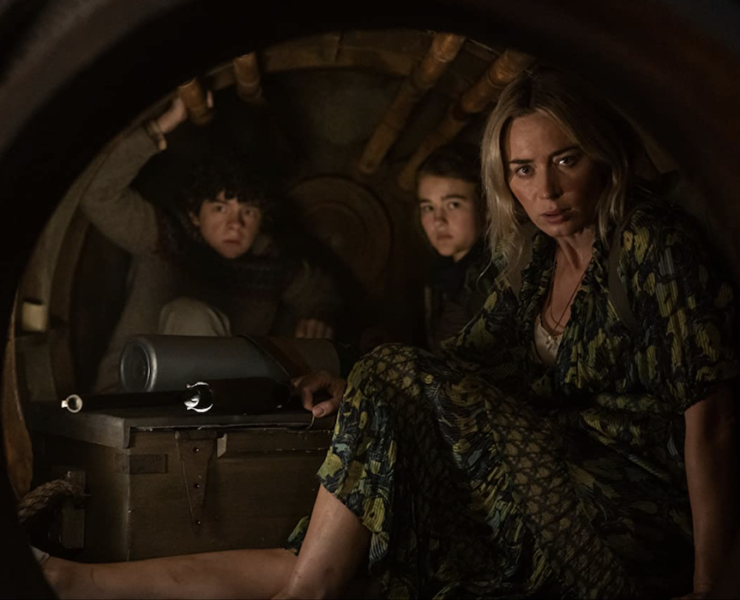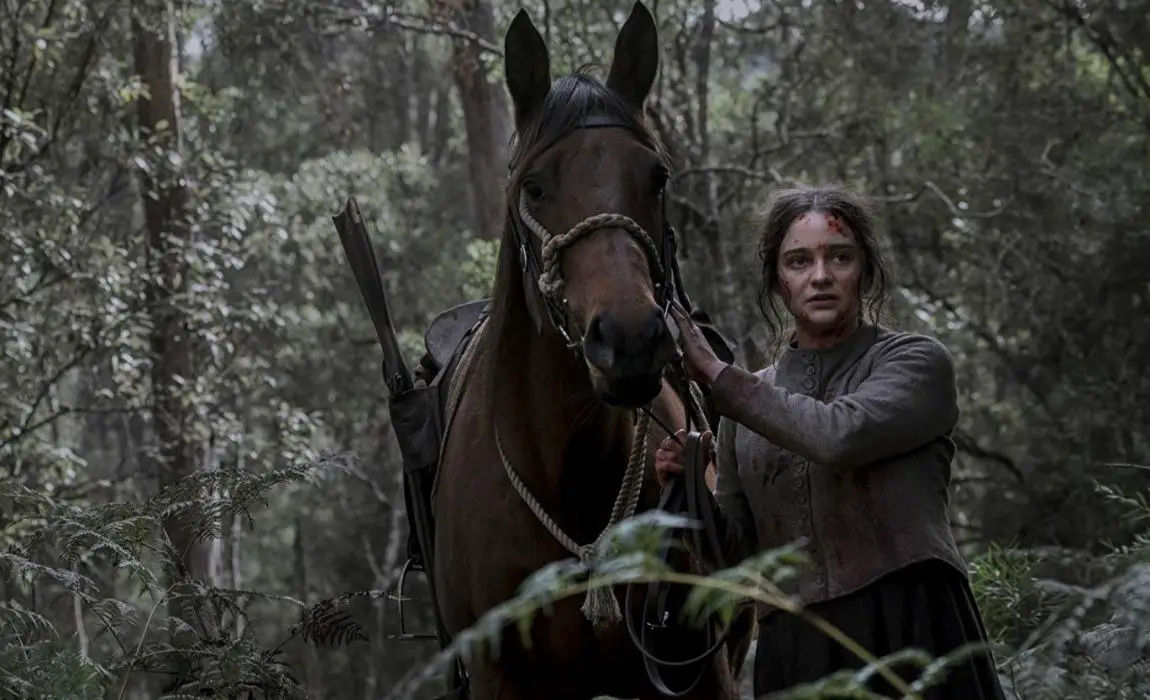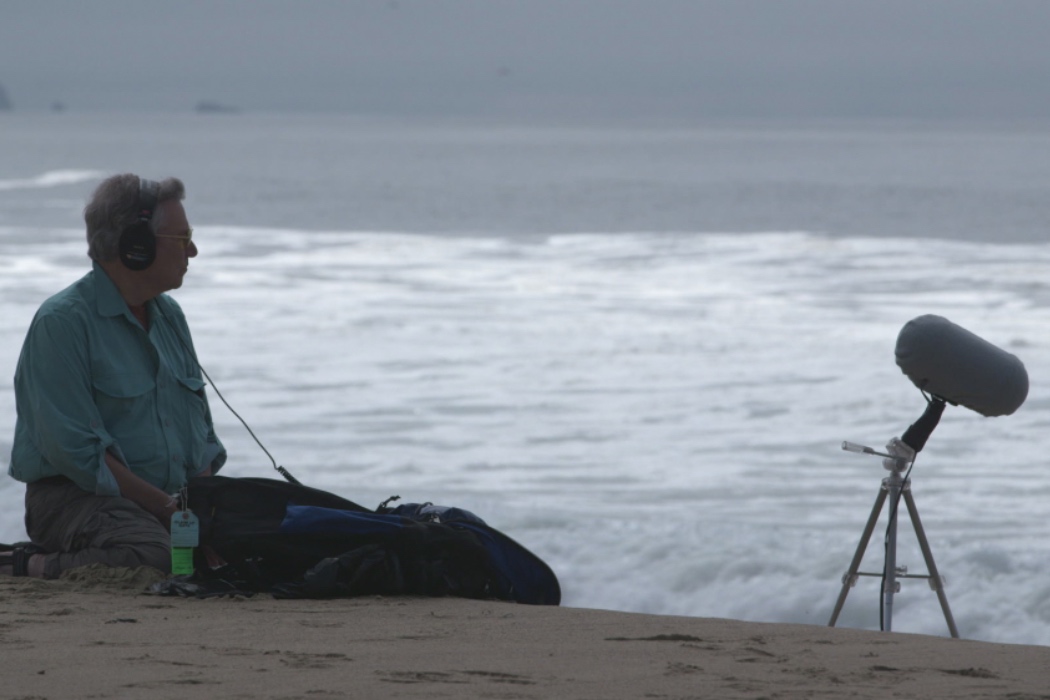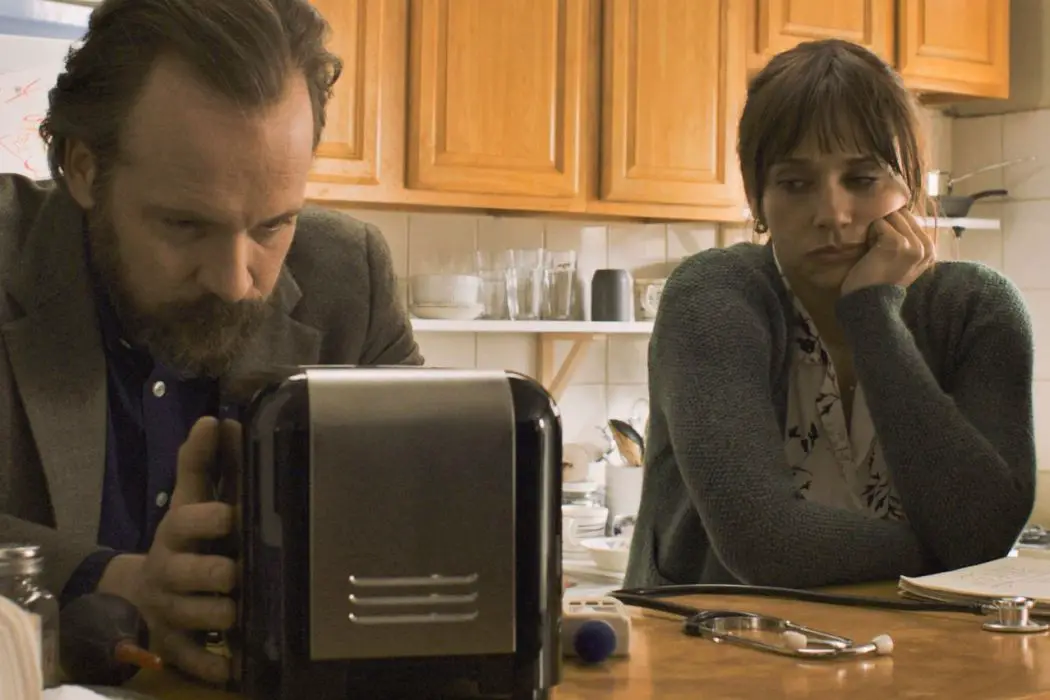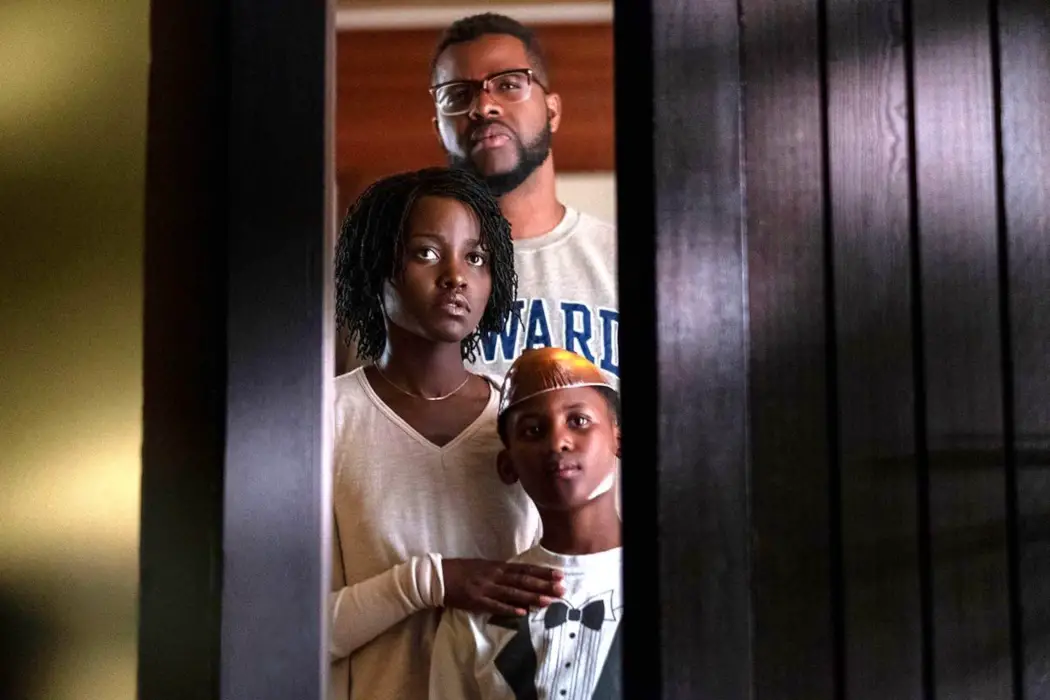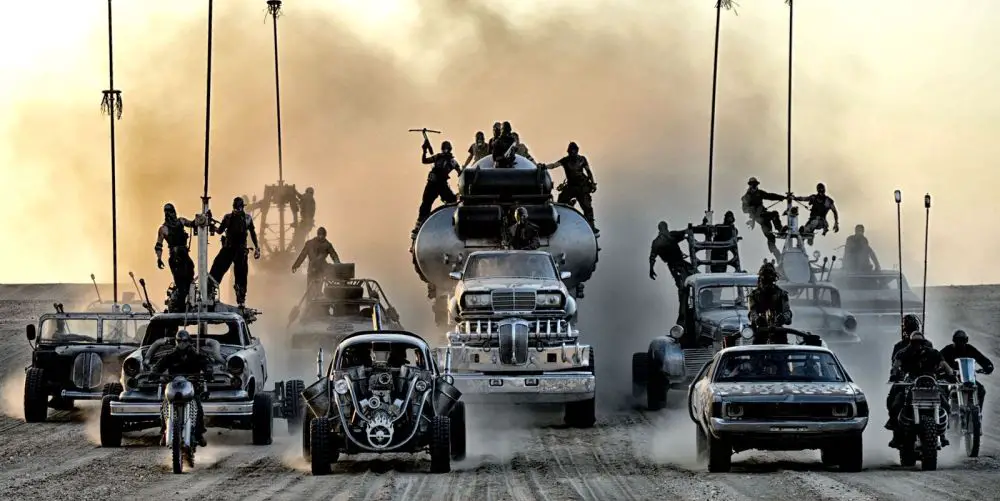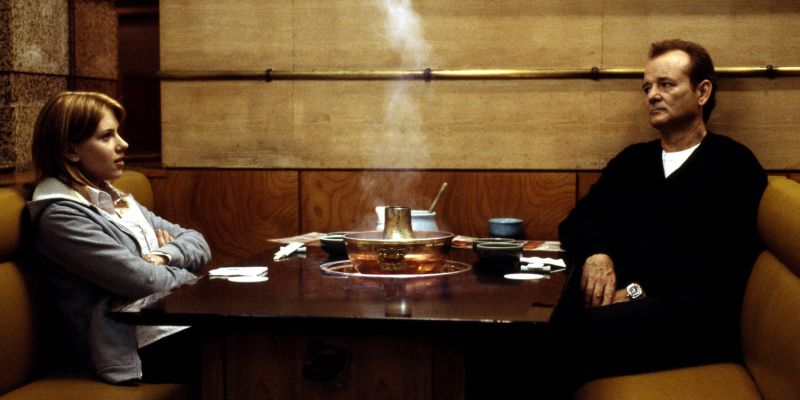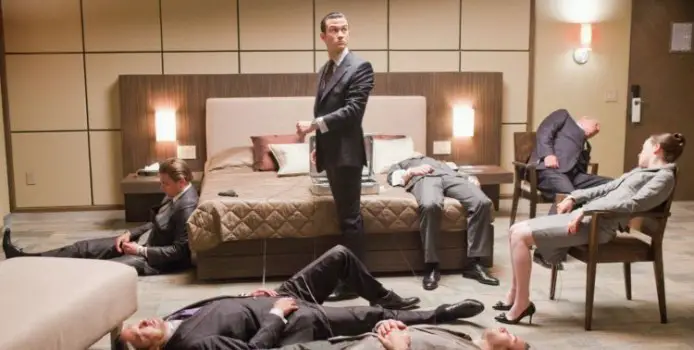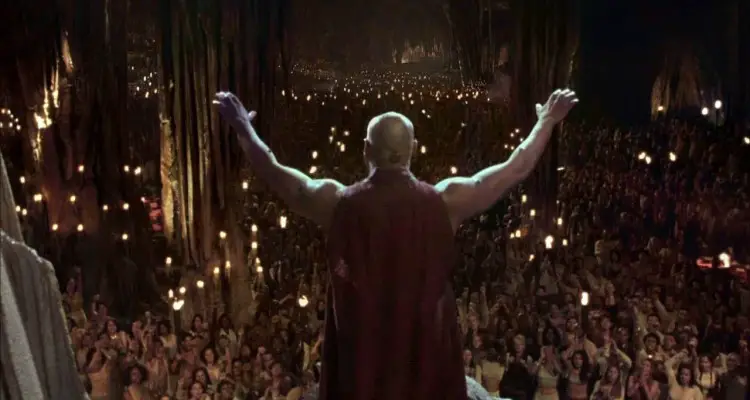sound
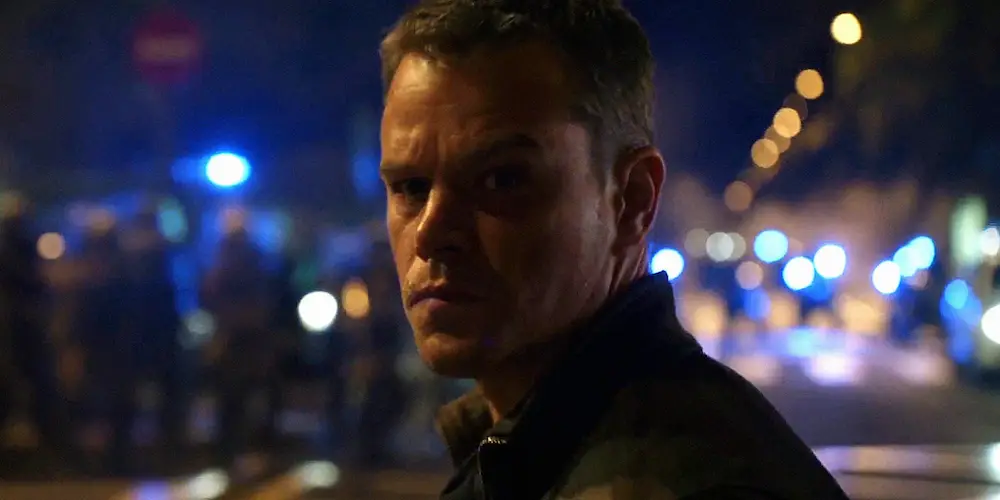
A largely-overlooked but critical element in an action film is its ability to tell a story with sound. Dialogue and musical score notwithstanding, sound cues and effects are incredible tools for storytelling in the genre; subtly adding depth and detail without ever compromising action or hogging screen-time. Given recent advances in the field of sound technology, filmmakers are even now using these techniques to great advantage in crafting critically-acclaimed action films.
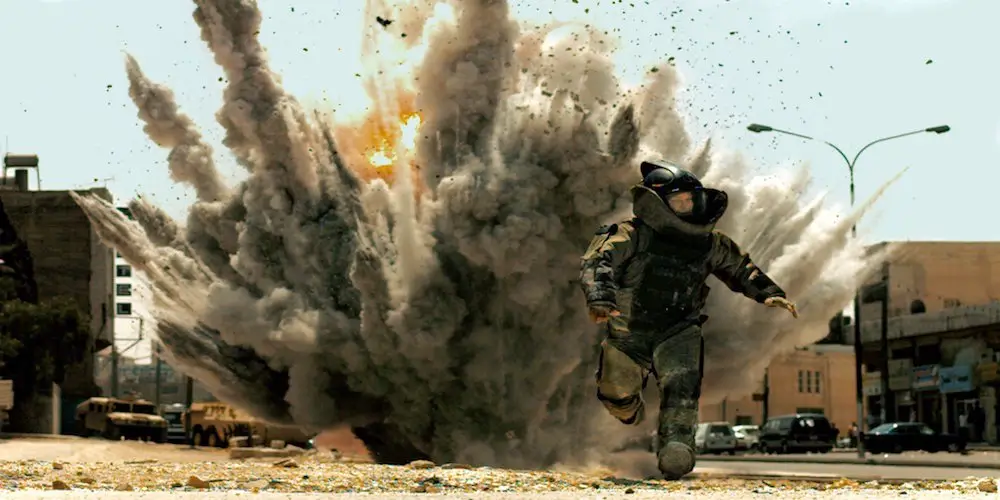
One of the most overlooked elements of the action genre is sound – more specifically, its use of sound cues to tell a story. However, this mode of storytelling is not only powerful by itself, but is especially suited to the needs of modern action films. Recent advances in sound technology now make it possible for action directors to put sound cues to their full use.
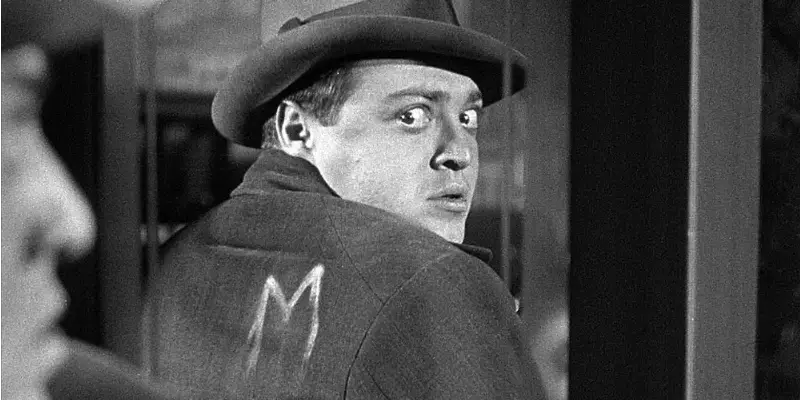
German silent cinema of the 1920’s produced some of the most influential directors in the art of film making. Most directors and screenwriters working during this period were highly influenced by the German Expressionism art movement. Directors displayed Expressionism art in their films by presenting a distorted reality, which showed the inner turmoil of the characters.
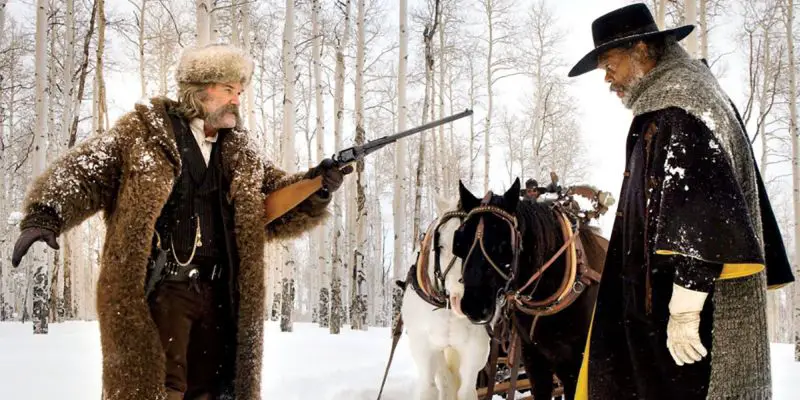
Closely approaching Quentin Tarantino’s new film The Hateful Eight arises expectations not only because of the name he has created for himself, but also because we are aware of the repeating pattern of collaborators in his films. But this piece is not about the cast of the film nor about Tarantino’s specific style. It is about the collaborators behind the scene, specifically on his first time collaboration with Ennio Morricone as a composer of the film’s original soundtrack.

The ‘Suspension Of Disbelief’ is an important factor in the consumption of art, any sort of art. Whenever we are presented with a vision of the fictional world our enjoyment of it rests on us deciding for one moment to accept it as realistic fact. For example, we all know a time-travelling DeLorean is frankly impossible, but if we were to spend the entire of Back To The Future considering how highly unlikely Marty’s adventure was, well, then we would not get swept into the story, and would certainly not enjoy ourselves as much.


